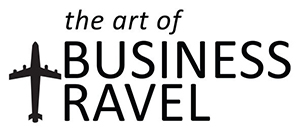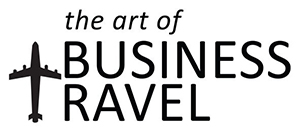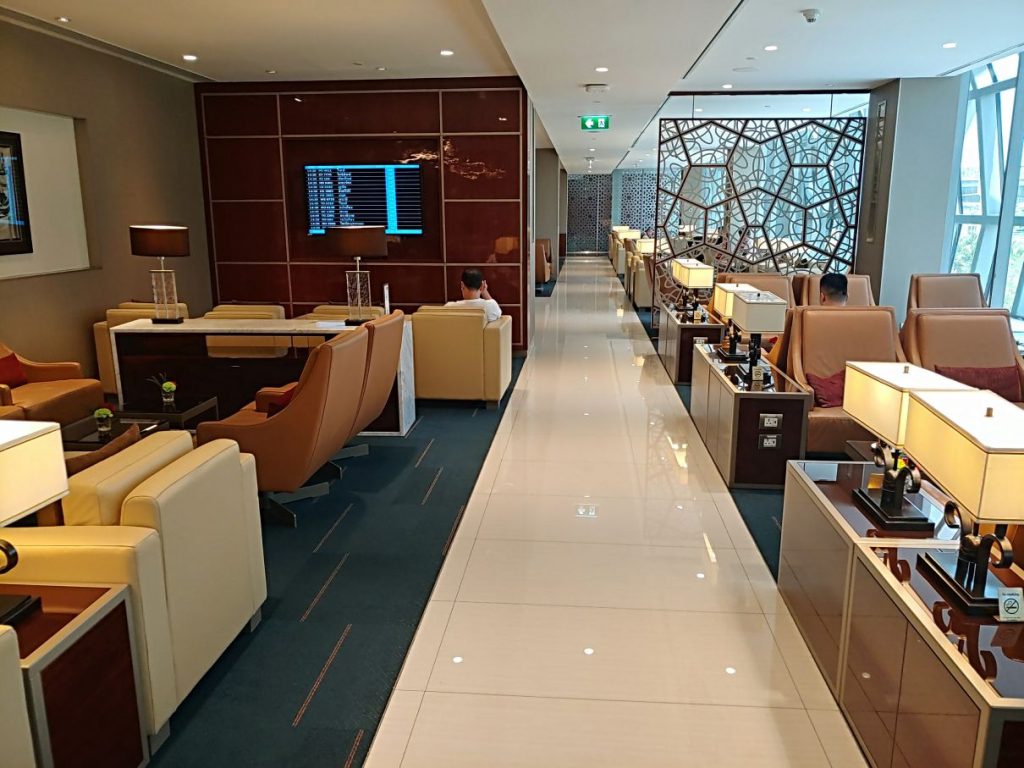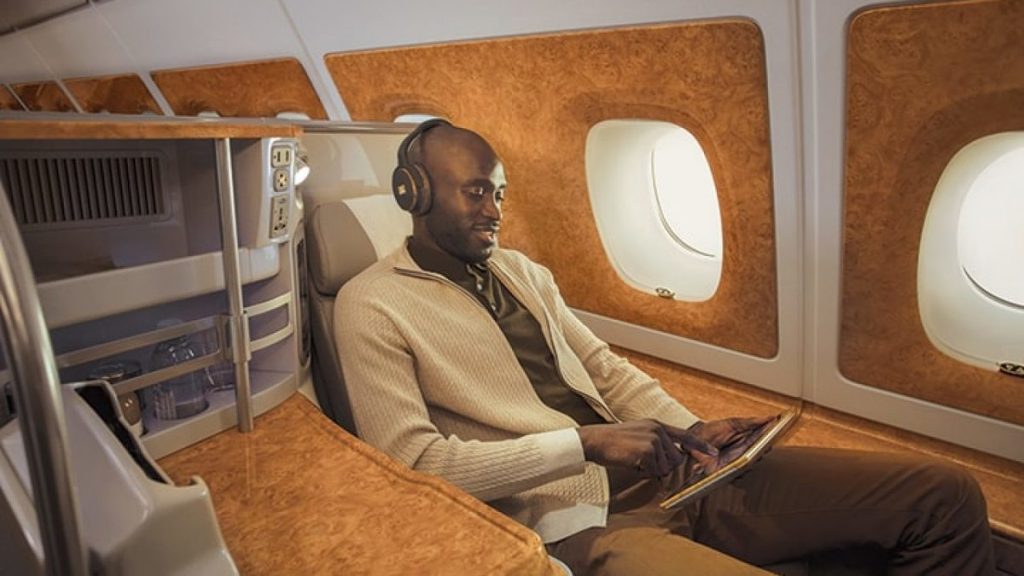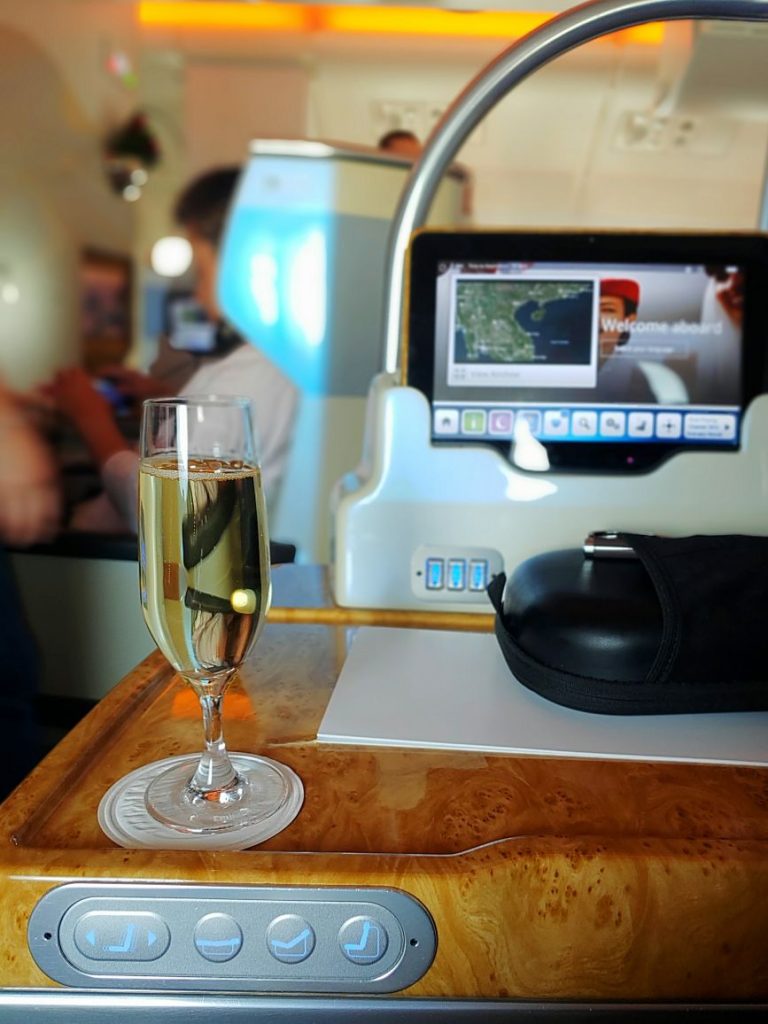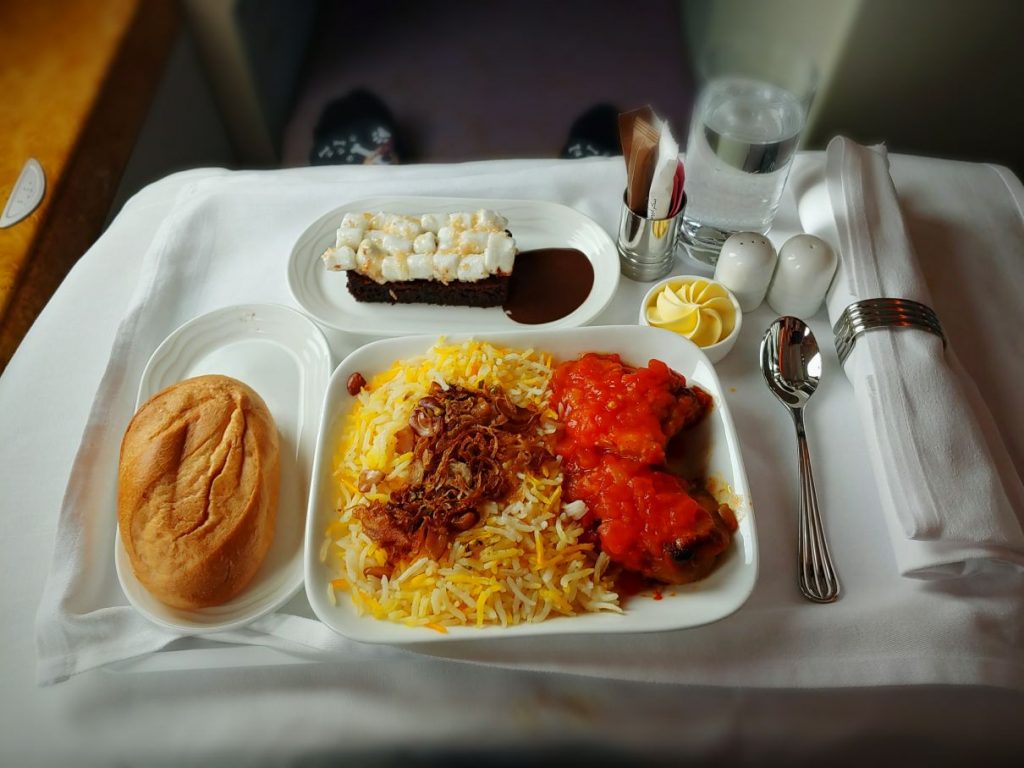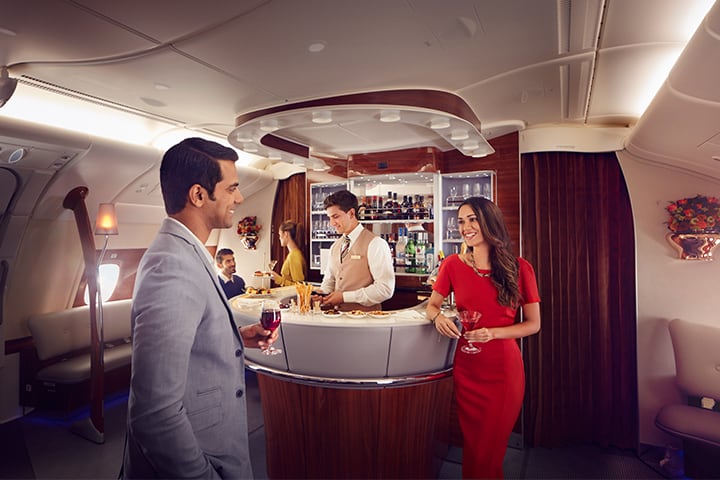The appeal of flying the mighty Emirates A380 is just one of the drawcards of the airline’s service between Hong Kong and Bangkok, discovers Nick Walton on a recent business class flight back to the Fragrant Harbour.
Check-in/The Lounge
Usually a business class experience with Emirates would begin far from the airport, with the airline’s acclaimed limo transfer service for business and first class passengers. Unfortunately, the service isn’t offered in Bangkok and in Hong Kong it is only available to First Class passengers.
After a quick check-in process at Bangkok’s bustling Suvarnabhumi Airport, during which we used a designated business class counter, followed by long delays in immigration and security (despite business class passengers given fast track access), we made our way to the Emirates lounge, located below concourse G, where we were welcomed by friendly local Emirates crew.
READ: Airlines Cancel Flights as Borders Close in Face of Coronavirus
This is a very elegant space and one set in the signature style of the airline, with walls in soft yellows and furniture in gleaming timber and rich red accents. The lounge is large and spacious, with designated lounge areas as well as a refined dining room located adjacent to an expansive hot and cold buffet, and a well-stocked bar. Dishes on offer included beef and chicken satay, roasted vegetables, sweet and sour chicken, spinach ricotta cannelloni, a selection of cheeses, seared tuna and lemon meringue pie.
We had arrived relatively early for our flight and the lounge was almost empty, but with the two-class Emirates A380 used on the Hong Kong-Bangkok-Dubai route boasting 58 business class seats, the lounge quickly filled up.
My only niggle with the lounge would be the screaming babies, of which there were several, each seemingly encouraging the other, but that’s not really something the airline can control.
Boarding
Boarding an A380 is no easy feat, especially a two-class super jumbo with 557 seats in economy in addition to the business class complement. The process was made more difficult by counter staff who sent all passengers in the same direction, despite a designated business class passenger area, located closer to the gate designed to make boarding simpler. At 1.15 pm ground crew advised a 15-minute delay due to the late arrival of the aircraft.
READ: We Review Air Astana, Kazakhstan’s Boutique Beauty
Once boarding did commence, we quickly made our way through the upper economy class cabin and into the 1-2-1 configured business cabin, which is located at the rear of the upper deck, in close proximity to the Onboard Lounge.
While we wait to depart, crew take a drinks order and deliver menus for the lunch service. After a long taxi we take off at 2.15 pm, 30 minutes late, and immediately turn to the northeast.
The Seat
While compact, the business class seat (this is the older generation, a newer, more refined version is available on the airline’s three-class models) on the Emirates A380 has everything you would want in a premium airline seat, as well as a few extra touches that you may or may not use.
Initial impressions are that the seat is narrow; unlike the newest generation seats coming out today, the Emirates seat is quite bulky when it comes to its plasticky, maple-hued frame, which leaves little room for the actual seat at its centre.
However, once you get past the initial impression and squeeze through the gap between seat and aisle, you realise that the seat has everything you could want for (and perhaps some things you never knew you needed).
READ: New Bangkok Properties for Onyx
The seat also features an easy-to-reach headphone jack and twin USB ports, which is a nice touch, as well as an AC outlet, mounted at shoulder level. Below, behind an odd metal grill, is the “minibar” which consists of a few cans of soda and water. While it’s a nice concept, as the drinks aren’t refrigerated, I would suggest that the beverages are rarely used.
Adjacent to the minibar is a thick tablet set into an electronically locked frame. Again, this was a real innovation when Emirates first unveiled its take on the superjumbo but today, with a touch screen monitor, another standard remote, and the use of personal devices, it just takes up counter space.
Above me are two air nozzles, which is always a plus, while a pair of rather cheap Emirates headphones are secured on a small shelf. The Emirates seat on this two-class A380, which is used on short to medium-haul flights, is a prime example of the innovation the airline is known for, and also testament to how quickly technology and style date within the ever-competitive aviation industry.
Dining
The food and beverage selection on any Emirates journey is enough to want the flight to last longer and the little hop between Bangkok and Hong Kong is no different. Firstly, forget one or two token “signature cocktails” before take off – Emirates’ menu reads like that of a chic inner city cocktail bar, and includes everything from virgin Bloody Marys to Breakfast Martinis. There’s also an extensive spirit selection punctuated with big hitting brands like Hennessy XO, Sipsmith Gin, Woodford Reserve bourbon, and Chivas Regal 18 years.
There’s a separate wine list – yes, they have a whole other menu for the vino – that includes the likes of Burn Cottage Moonlight Race Pinot Noir from Otago, and Pouilly-Fuisse Jean-Luc et Paul Aegerter from Burgundy.
READ: 10 Predictions for the Airports of the Future
I opt for the Breakfast Martini, a blend of orange marmalade and gin, which isn’t particularly well made, with the jam sitting in a heap at the bottom of the glass, but that’s probably my fault for ordering it pre-take off, when the crew are strapped for time.
On this short service, the lunch service the meal started with the mains, a choice of Thai red prawn curry with pineapple and pandan rice; or Bzar chicken, cooked in a traditional Arabic spiced marinade and served with aromatic rice. The chicken was perfectly cooked although, oddly, a little bland despite the promise of all the scents and flavours of the bazaar. The chocolate brownie with toasted coconut marshmallow that followed by pure heaven.
As with our previous flight, the crew offered garlic bread so late into the service that the vast majority of the passengers had finished their meal so perhaps they need to get that toaster looked at.
After the meal, we made our way aft, into the Onboard Lounge, which is a real highlight of the Emirates A380 experience. Here, a pair of young Australian crew were serving up a storm; the energy of the crew in this social space is crucial to creating the right ambience and in contrast to our previous flight, the two young guys from Sydney were perfect, drawing in passengers who then interacted over great Aussie reds and cocktail sandwiches.
READ: TUMI’s Victor Sanz on Creating Travel-Friendly Bags
Service
Also, in contrast to our previous flight, service levels on this service were significantly better, with crew more welcoming, more proactive, and generally more in keeping with the image that Emirates has painstakingly created and broadcast to the world.
Entertainment
While the Emirate Information Communication and Entertainment (ICE) inflight system is arguably the best in the world, the kitschy Venetian blinds set into the window frame let in so much light even when fully closed that it was virtually impossible to see anything on the 18.5-inch personal monitor. They also seem controlled by a higher power; once I do get them down, they refuse to go back up again until we’re preparing to land, so I couldn’t even replace the glare of the monitor with a nice view from 39,000 ft.
What We Loved
I could have spent hours in the Onboard Lounge, mingling with my fellow passengers and am really impressed how this space comes to life.
What We Didn’t
Emirates could quietly cut away some of the bling and replace these elements with things that work a bit better i.e. the blinds and the bulky tablet.
Summary
With a decent tailwind, we landed on time in Hong Kong after a thoroughly enjoyable but regrettably too short Emirates inflight experience. Hong Kong-Bangkok return in business class from US$710 per person.
NOTE: The author travelled on a full fare business class ticket without the airline’s knowledge
